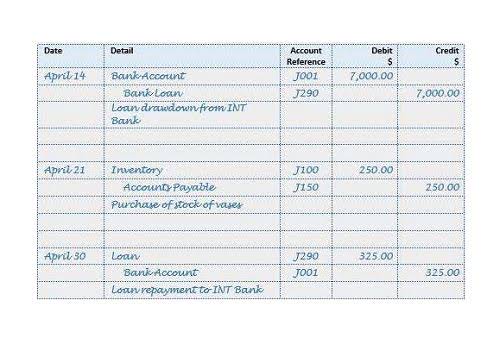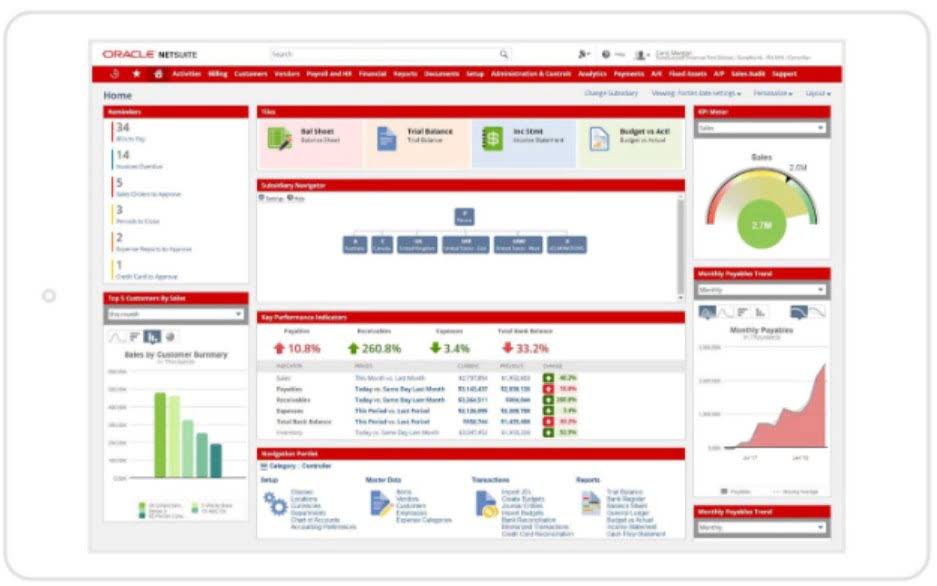
This organization allows accountants to ascertain the current status of any financial element, such as cash on hand or total accounts receivable. It specifies the date of the transaction, the accounts affected, and the corresponding debit and credit amounts. A brief description accompanies each entry, explaining the nature of the transaction. For instance, receiving cash for services rendered involves a debit to the Cash account and a credit to a Service Revenue account, both for the same amount. Posting in accounting is a fundamental procedural step in the accounting cycle, involving the organized transfer of financial transaction data. This process moves information from initial chronological records to more permanent, categorized account records.

Can someone cancel a check after you deposit it?
- Journal entries include the date, the specific accounts affected, and the corresponding debit and credit amounts.
- For example, electronic payments processed through the Automated Clearing House (ACH) network often take one to three business days to post, depending on submission timing and batch processing schedules.
- Your posted balance—sometimes also known as current balance—shows every transaction that’s posted.
- To maintain a clear audit trail, a reference, such as the journal page number, is added to the ledger account entry.
- This proactive approach minimizes the risk of financial oversights and contributes to a more reliable budgeting and forecasting process.
- Work in Process (WIP) is a critical concept for financial professionals, particularly those involved in manufacturing and production industries.
A typical journal entry includes the date of the transaction, the specific accounts affected, the corresponding debit and credit amounts, and a brief description. For example, a cash sale would involve a debit to the Cash account and a credit to a Sales Revenue account. This detailed recording ensures accuracy and provides a clear audit trail. The journal entry acts as the primary source document from which all necessary information is extracted for the subsequent posting process. Another misconception is that memo debits are immediately removed from an account once a transaction is canceled.
Understanding the Basics of Posting in Accounting
The general ledger provides a complete and organized overview of a company’s financial activity, making it easier to prepare financial statements and analyze the company’s financial health. This process plays a crucial role in maintaining the accuracy of ledger accounts, as it ensures that all transactions are systematically recorded and categorized. By systematically transferring journal entries to the ledger, it becomes easier to analyze and track the movement of funds within the organization. Reconciliation ensures the accuracy of financial records by matching posted transactions on bank statements with internal records. Timing differences, errors, or omissions often surface during this process, making the posted date a critical reference for identifying and resolving discrepancies. For example, an unrecorded bank fee visible on a statement but missing from internal ledgers highlights a reconciliation issue requiring attention.
Posted transactions
- For instance, recording $1,234 as $1,243 can lead to discrepancies that are hard to trace.
- When you use your personal identification number (PIN) to perform an ATM transaction or point-of-sale (POS) transaction, they will generally post to your account immediately.
- Proper posting in accounting is crucial for maintaining transparency, trust, and financial stability within an organization.
- The validity of the card and the availability of sufficient money are checked online.
- In contrast to the two-sided T-account, the three-column ledger card format has columns for debit, credit, balance, and item description.
- But your posted balance isn’t always the most accurate view of your money.
In today’s scenario, accounting software might reduce mistakes through automation but posting of correct numbers must be verified to prevent transmission of those figures to the financial statements. Predefined posting periods in accounting systems help mitigate the risk of unauthorized or erroneous entries. During audits, these systems generate audit trails that document every transaction’s posting date, providing transparency and accountability. posted meaning in accounting These trails are invaluable during reconciliations, allowing for a detailed examination of discrepancies between recorded transactions and actual financial activity. This timing discrepancy can also impact the company’s financial ratios, which are critical for assessing performance and making informed business decisions. Ratios such as the current ratio, quick ratio, and accounts receivable turnover rely on accurate and timely data.
Posting In the Closing Process

However, the rule of posting is the same in this case too, but care should be taken while posting the amounts. As businesses grow more complex, the importance of meticulous posting cannot be overstated. It ensures that every transaction is recorded correctly, providing a reliable basis for financial analysis and decision-making. Finally, the bank transfers the client funds to the retailer, marking the transaction as “posted” (and the pending transaction is deleted). In this article, we will delve into the concept of posting in accounting, exploring its steps, types, purposes, and benefits, as well as providing concrete examples to illustrate its practical application.

- Although real-time payment systems like the Federal Reserve’s FedNow Service, launched in 2023, aim to reduce delays, their adoption is not yet universal.
- Accruing tax liabilities in accounting involves recognizing and recording taxes that a company owes but has not yet paid.
- This can affect monthly or quarterly financial statements, impacting the perceived financial health of the business.
- Before the bank conducts the transaction, certain conditions between the bank and the merchant need to be met.
- The trial balance confirms that the total of all debit balances equals the total of all credit balances, a check in the double-entry accounting system.
- For the past 52 years, Harold Averkamp (CPA, MBA) hasworked as an accounting supervisor, manager, consultant, university instructor, and innovator in teaching accounting online.
Remember – a ledger is a listing of all transactions in a single account, allowing you to know the balance of each account. The ledger for an account is typically used in practice instead of a T-account but T-accounts are often used for demonstration because they are quicker and sometimes easier to understand. The general ledger is a compilation of the ledgers for each account for a business. This method provides a comprehensive way to ensure that every transaction has a dual impact on the financial position of an organization. By recording both the debit and credit aspects of a transaction, double-entry posting helps in identifying any errors or discrepancies, thereby maintaining Bookkeeping vs. Accounting the accuracy and integrity of financial data. This systematic approach is crucial for businesses to track their financial health and make informed decisions based on reliable and balanced financial records.

When a transaction occurs, it is recorded in the journal with both a debit and a credit entry, reflecting the dual impact on the financial statements. This duality is crucial for maintaining the integrity of financial data, as it helps in detecting errors and preventing fraud. Posting in accounting involves transferring entries from the journal to the ledger.

This change affects your financial standing and liquidity, influencing metrics like the debt-to-income ratio, which lenders use to assess creditworthiness. Posting Reference or Post Ref is a column in an accounting General Journal and General Ledger. It serves as a check and balance to ensure each transaction has been posted to the appropriate account. It is used in the process of https://forms.inmost.ir/?p=7545 posting transactions from the general journal to the general ledger. Yes, software like QuickBooks can automate posting, entering transactions into accounts in real-time. Automation increases efficiency and reduces errors in financial reporting.
